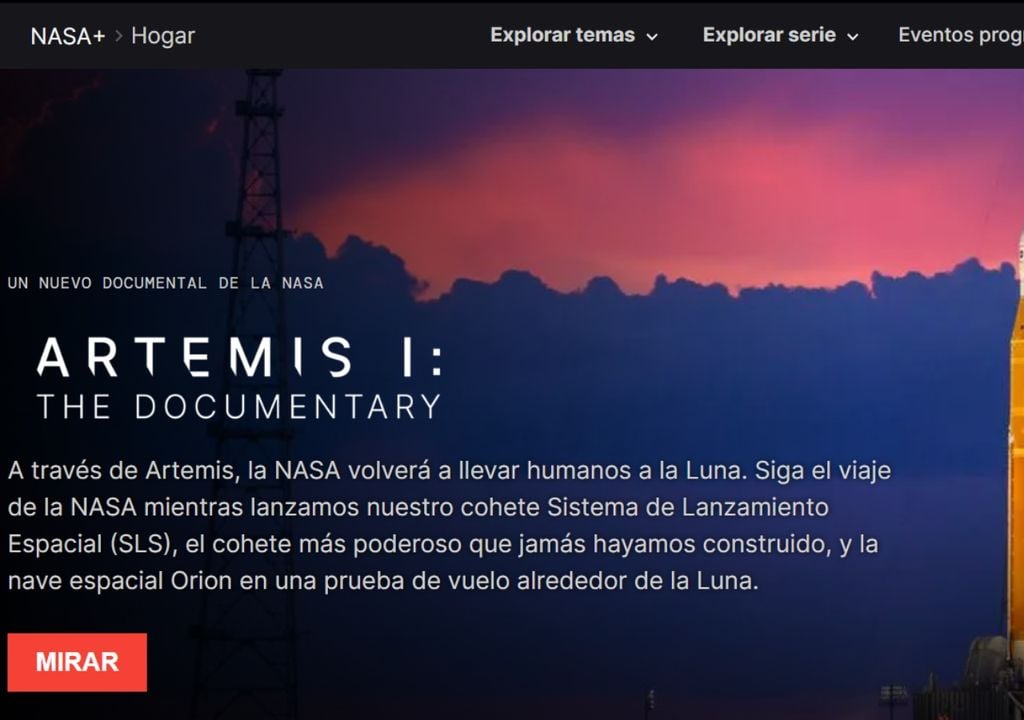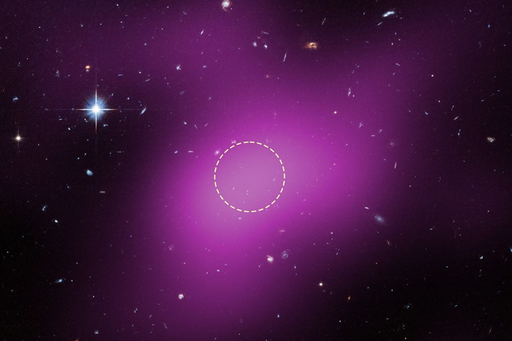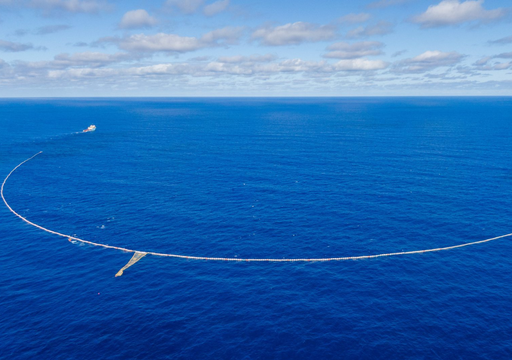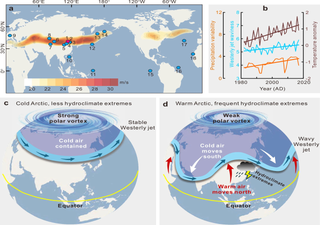What is NASA Plus like, the space agency's new free streaming service
The emblematic space agency presented a content platform where you can watch documentaries, series and podcasts about space exploration for free.

NASA has always been at the forefront of science communication. Missions, projects, astronauts, everything has a space on their website, which has become a very valuable blog of content about space exploration.
Now, the Agency goes one step further and inaugurates its own streaming service: NASA+, an open and free platform where you can find documentaries, series, podcasts and live broadcasts about the missions and protagonists of the emblematic institution.
It is similar to Netflix, Prime and other platforms we know. But it is free, it has no advertising and it is not necessary to register to access the contents. The vast majority are in English, but Spanish subtitles can be activated.
3...2...1... We have LIFTOFF of our new streaming service, NASA+ https://t.co/EuPGk4Yfo6
— NASA (@NASA) November 8, 2023
No subscription required
No ads. No cost. Family friendly!
Emmy-winning live shows
Original series
Available on major platforms, including Apple TV, Roku, iOS, Android & the NASA app. pic.twitter.com/haxD3ke6es
In addition, NASA+ has a special section in the new NASA application, which is available for iOS, Android, Roku, Apple TV and Fire TV. This application, among other curiosities, sends notifications every time the International Space Station passes by where the user is, so that he can see it.
"I am excited to have created a powerful trifecta with the recently renovated NASA website, the launch of NASA+ and the updated NASA app that shows the many benefits that our data can have for all humanity," said NASA administrator Pamela Melroy.
Featured content
The Agency highlights some of the contents within the offer.
- "Other worlds", a documentary series that follows each image of the James Webb space telescope and introduces the scientists who use it to observe our beyond the solar system.
- "Artemis I, the documentary", a special series about the launch of the mission that next year will land the first woman and the next man on the lunar surface.
- "The Color of Space," a series that tells the personal stories of NASA's black astronauts.
- "Space out", chapters about the exploration of other planets, the surface of Mars, the sunsets on Pluto or the rings of Saturn.
In addition, there are animated children's programs about planets, mysteries of the universe and the worlds of other galaxies.

"These platforms are part of an effort to ensure that the agency's content is more accessible, recognizable and safe for the public. Earlier this year, NASA launched its renewed websites, creating a new base for research, climate data, information about Artemis and more," the Agency said in a statement.
It has been decades since the United States understood that scientific dissemination works as a enhancer of its scientific and technological system. At the same time, the scientific community is increasingly aware that the last stage of any research is to communicate its findings, whatever they are.
On the one hand, because when research is financed with public funds, communicating the results and progress is a way to be accountable to society. And on the other hand, because curiosity and scientific vocation tend to be defined at an early age, so education and dissemination play essential roles in culture and the perception of science in society.
"NASA is the catalyst for some of humanity's most important stories; and now, with our new digital presence, everyone will have access to these stories 24 hours a day, 7 days a week," said Marc Etkind, associate administrator of the NASA Communications Office.
"NASA's new transmission platform and application is the place where the world can join us as we explore the unknown," he added.
The platform can be accessed through https://plus.nasa.gov/








